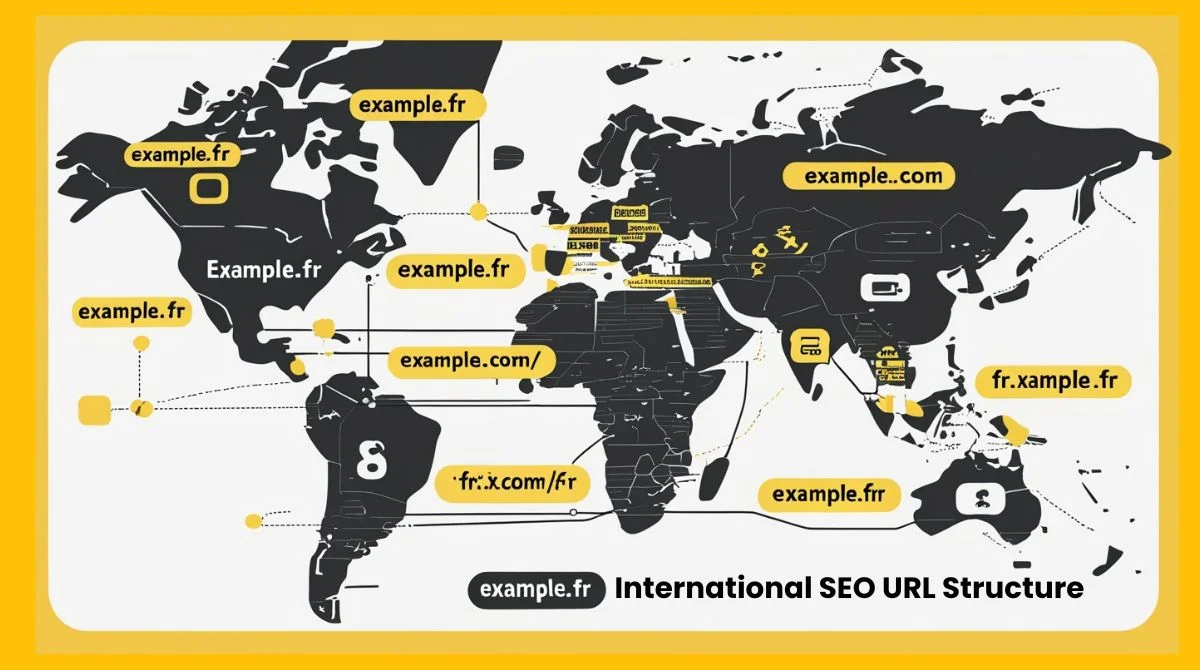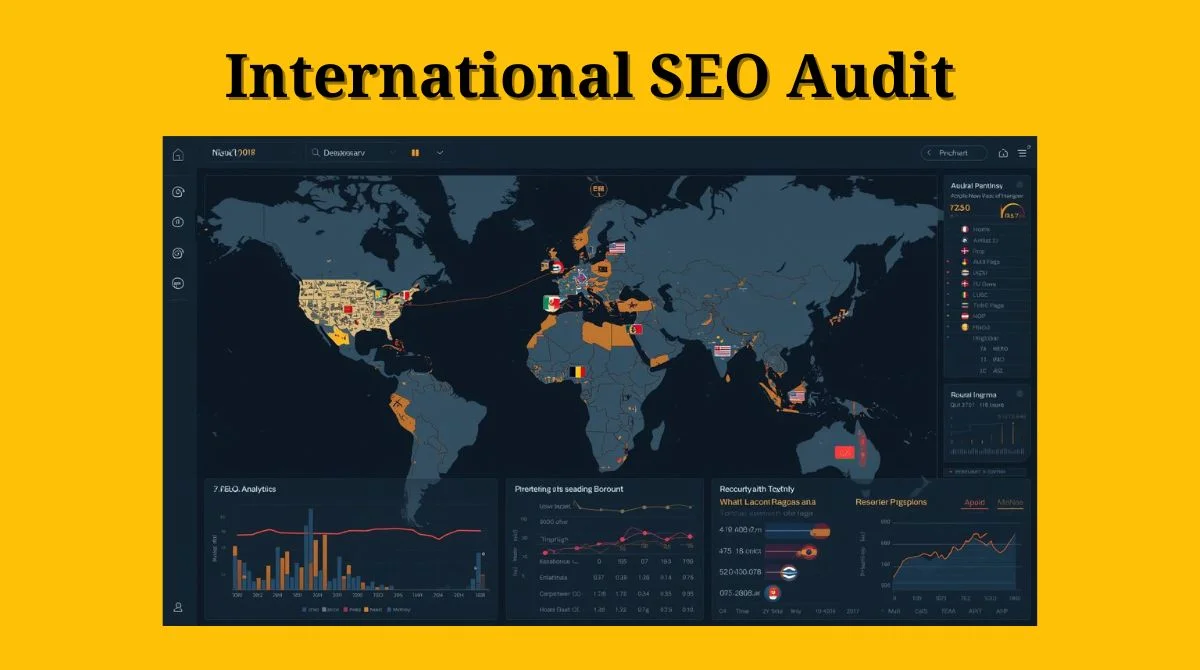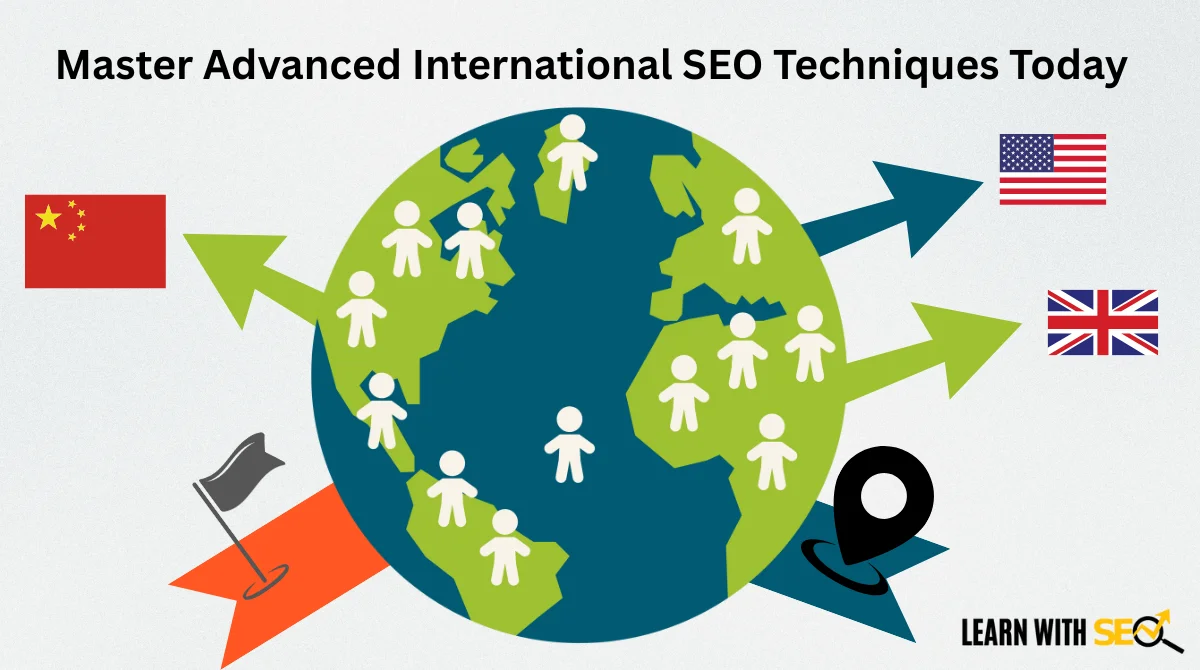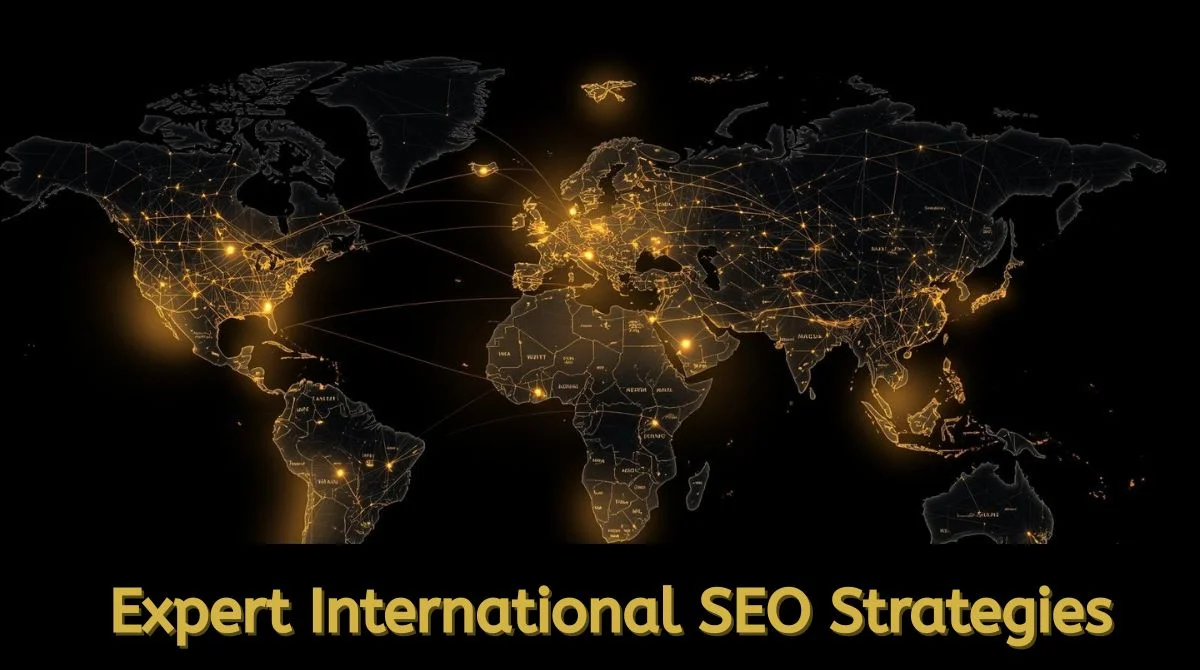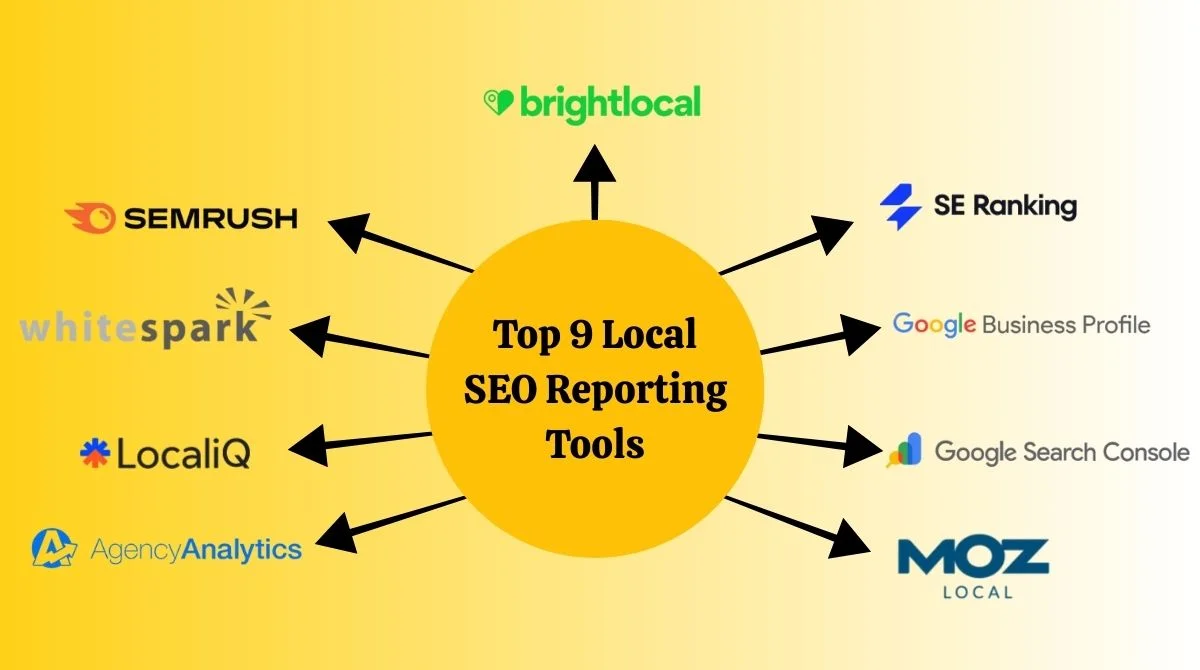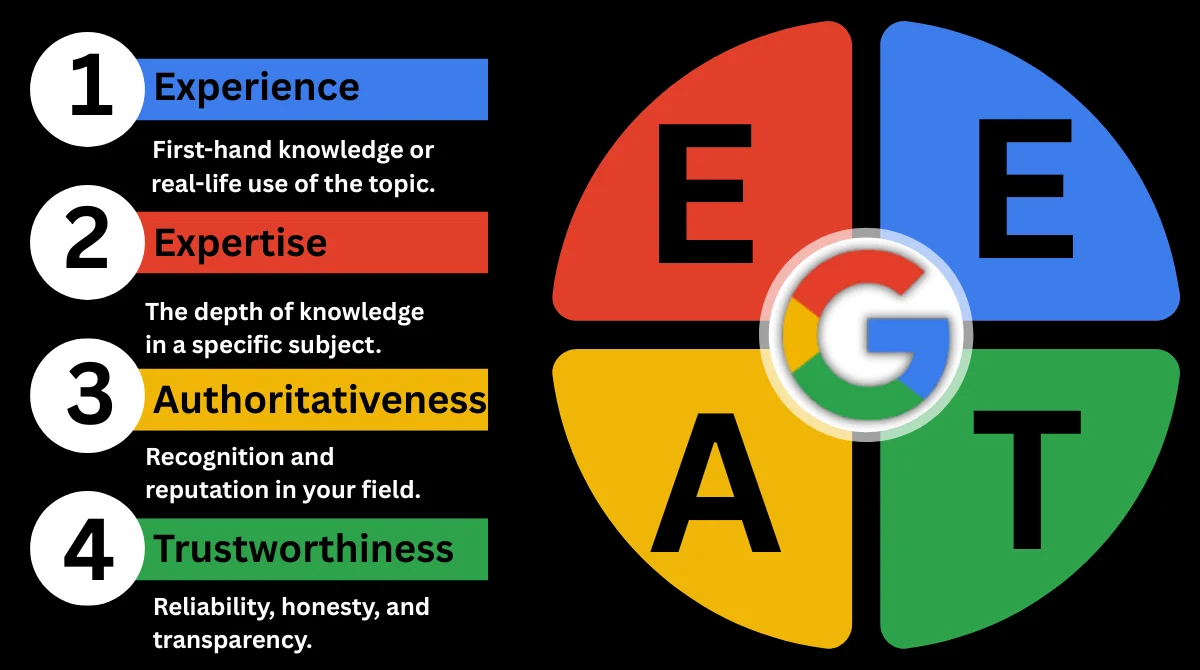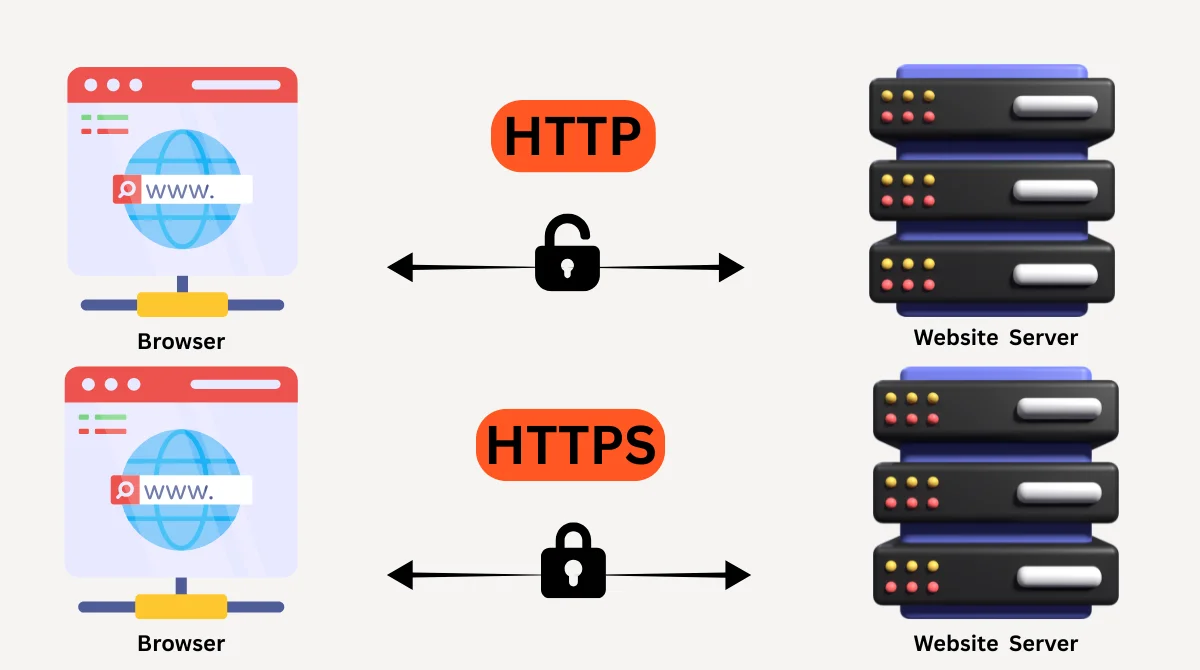Content writing has never stayed the same for long. Every year, new technologies, audience behaviors, and search engine updates reshape how businesses and writers create content. In 2025, capturing attention online has become more challenging than ever. To stand out, content writers must adopt the latest trends that not only improve visibility but also build trust and engagement.

1. AI-Powered Writing With a Human Touch
Artificial intelligence (AI) is no longer new in content writing. By 2025, AI tools will be more advanced than ever, enabling writers to create drafts, headlines, and optimized content in seconds. However, search engines and readers now demand authenticity and a human perspective.
Instead of replacing writers, AI is best used as a content assistant. Skilled writers blend AI’s speed with human creativity, voice, and insight, making content both efficient and genuinely relatable.
How to apply this trend?
- Use AI for research, outlines, or grammar checks.
- Add personal experience, case studies, or examples.
- Focus on empathy, emotions, and storytelling in your writing.
2. E-E-A-T and Trust-First Content
Google emphasizes that content should align with E-E-A-T—Experience, Expertise, Authoritativeness, and Trustworthiness. In 2025, content without these signals is less likely to rank. Readers also want content from individuals who possess genuine expertise, not just generic information.
For example, a health article should cite a medical expert or at least show the writer’s real-life experience. Similarly, finance or legal content must rely on accurate data, trustworthy sources, and expert input.
How to apply this trend?
- Add author bios that highlight credentials and expertise.
- Use verified data, statistics, and research studies.
- Share personal experiences or case studies when relevant.
- Link to authoritative websites.
3. Interactive and Multimedia Content
Reading walls of text is boring for most online users. That’s why 2025 is seeing a rise in interactive and multimedia content. From videos and infographics to polls, quizzes, and interactive visuals, people want content they can engage with.
This trend makes content more memorable and shareable. It also increases time spent on a page, which is a strong ranking signal for search engines.
How to apply this trend?
- Add images, infographics, and explainer videos to articles.
- Use bullet points, tables, and short paragraphs for easy reading.
- Include polls, surveys, or clickable elements on your blog.
- Repurpose text content into podcasts or short videos.
4. Conversational and Answer-Engine Optimized Content
Search engines are becoming more like answer engines. With AI assistants and voice search growing, people now ask direct questions and expect clear, simple answers. Long, complicated content no longer works as well unless it’s structured with answers in mind.
This means your content should be conversational, to the point, and question-focused. Writers need to think about what people will ask in search boxes or voice commands, and then deliver those answers quickly.
How to apply this trend?
- Use natural, conversational language instead of complex jargon.
- Write FAQ sections to answer common questions.
- For voice search, craft content using concise and straightforward sentences.
- Use headings and subheadings that match search intent.
5. Hyper-Personalized Content
In 2025, one-size-fits-all content doesn’t work anymore. Audiences want content that speaks directly to their needs, problems, and situations. Brands are now using data-driven personalization to make content more relevant for each reader.
For example, an e-commerce site may show different product guides based on your browsing history. Similarly, a blog may suggest articles based on your past reading behavior.
How to apply this trend?
- Use audience segmentation to create content for specific groups.
- Write content targeting different levels of knowledge (beginner, intermediate, expert).
- Personalize newsletters and marketing emails.
- Analyze user data to refine blog topics and tone.
6. Storytelling With Data and Emotions
Storytelling is not new, but in 2025, it’s evolving. Audiences look for content that blends factual insights with compelling storytelling. Numbers alone don’t connect with people, and stories without proof don’t build trust.
For example, if you write about climate change, combine real statistics with a story about how it affects a family or community. This blend makes content impactful, trustworthy, and unforgettable.
How to apply this trend?
- Support claims with data, studies, or surveys.
- Use real-world examples or personal experiences.
- Write with empathy and emotional triggers.
- Turn case studies into storytelling formats.
7. Evergreen and Long-Form Value Content
Short, shallow blogs are losing power. In 2025, long-form, evergreen content continues to dominate search rankings. Readers want guides, tutorials, and resources that solve problems deeply and stay useful for years.
This type of content not only builds SEO strength but also positions you as an authority. Long articles that answer multiple questions can also rank for more keywords and voice search queries.
How to apply this trend?
- Write in-depth blogs of 1500+ words with a clear structure.
- Focus on evergreen topics that stay relevant.
- Update older posts regularly with fresh information.
- Use internal linking to connect related articles.
FAQ
1. What is the leading trend in content writing for 2025?
The biggest trend is combining AI-powered tools with a human touch to create fast, authentic, and engaging content.
2. Why is E-E-A-T important for content writing?
E-E-A-T (Experience, Expertise, Authoritativeness, Trustworthiness) builds credibility with readers and helps content rank better on Google.
3. How does interactive content improve engagement?
Interactive elements like videos, polls, and infographics make content more engaging, keeping readers on the page longer and improving SEO.
4. What type of content ranks best in 2025?
Evergreen, long-form, and value-driven content performs best as it answers multiple questions, remains relevant, and builds authority over time.
5. How can personalization improve content writing?
Personalized content speaks directly to a reader’s needs, making it more relevant, relatable, and effective in driving trust and conversions.
Final Thoughts
In 2025, content writing demands authenticity, personalization, interactivity, and trust. Key trends include AI with a human touch, E-E-A-T, multimedia, conversational writing, personalization, data-driven storytelling, and evergreen long-form content. Adapting to these ensures stronger rankings and deeper audience connections.


